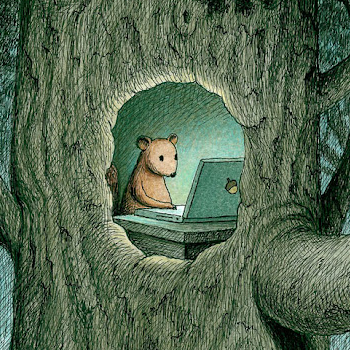A star has a very low mass and its core slowly converts hydrogen to helium through fusion. What will most likely happen to the star as it ages?
1 Answer
The star will mix its helium ash with the remaining hydrogen and keep on burning the hydrogen until the fuel is exhausted (or has too low a hydrogen density to sustain the fusion reaction).
Explanation:
This is what we call a red dwarf star (https://en.wikipedia.org/wiki/Red_dwarf). With sufficiently low mass, less than 35% of the Sun's mass according to the reference given above, convective mass and energy transfer cover the whole star.
So everything gets cycled into the core and reacts by fusion. We don't have any distinction between the core, shell, and outer layers like we see in more massive stars. Thus we get no swelling up into a giant or any explosive end. The star just lives a relatively boring life.
But it is a long life because the reaction rate of the fusion process is so slow. Low-mass red dwarfs can last many billions or trillions of years. Such long-term stability is considered desirable for the prospect of life on planets orbiting these stars.

